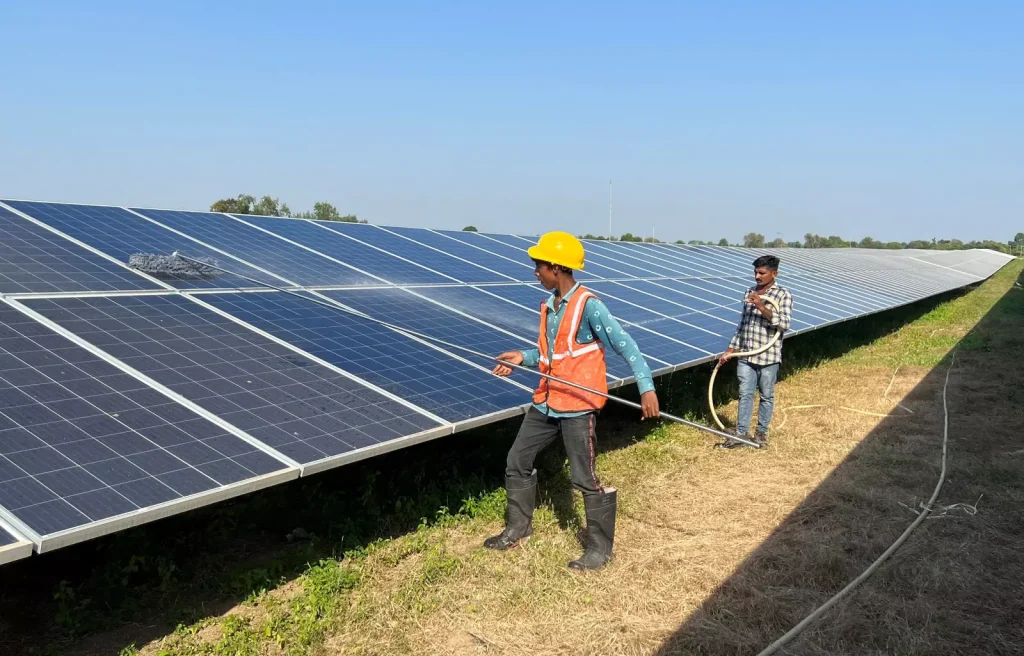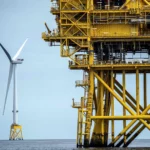The successful advance of solar energy in India has been remarkable in recent years, driven by the country’s escalating power consumption and the need for sustainable energy solutions. In December 2022 alone, India consumed a staggering 121.19 billion units of electricity, highlighting the increasing demand for power. While the energy sector in India is diversified, heavily reliant on conventional sources like coal and water-based power plants, the country has recognized the importance of diversifying its energy mix and increasing the contribution of renewable sources.
India has emerged as a global leader in renewable energy deployment, particularly in solar, wind, and hydropower. The country ranks third in total renewable power capacity and is the third-largest market for solar photovoltaic (PV) capacity. To accelerate the clean energy transition, the government has implemented various initiatives, including the Jawaharlal Nehru National Solar Mission, rooftop solar schemes, and solar park programs.
Improving energy efficiency across sectors is a crucial aspect of India’s sustainable energy strategy. By adopting energy-efficient technologies, optimizing industrial processes, and implementing energy management systems, the country aims to minimize energy waste while meeting growing demands. Additionally, there is a focus on leveraging advanced technologies in utilizing conventional energy sources like coal and natural gas more efficiently. Advanced combustion techniques and combined cycle power plants maximize energy extraction from fossil fuels while reducing emissions, thereby enhancing efficiency and mitigating environmental impacts.
Expanding the deployment of renewable energy is a key priority. Solar power, wind energy, hydroelectric power, biomass, and geothermal energy offer viable and sustainable alternatives. Governments and businesses are investing in renewable energy infrastructure, encouraging research and development, and providing incentives for clean energy adoption. Integration of renewable energy into the existing grid is facilitated through smart grid technologies and energy storage systems, ensuring reliability and stability.
The implementation of distributed generation systems and microgrids further strengthens the renewable energy landscape. These localized systems, coupled with energy storage capabilities, alleviate strain on the central power grid. They enable communities, including remote areas, to have reliable and self-sufficient power supply while enhancing grid resilience against disruptions.
Promoting electrification across sectors such as transportation and heating is another vital aspect of India’s renewable energy drive. Rapid adoption of electric vehicles, heat pumps, and electric-powered industrial processes reduces reliance on fossil fuels. Decentralized energy systems, such as rooftop solar panels and small-scale wind turbines, empower individuals and communities to generate their own electricity. Efficient and scalable energy storage technologies, including battery storage systems, pumped hydro storage, compressed air energy storage, and emerging technologies like hydrogen storage, play a pivotal role in balancing supply and demand. These advancements enhance grid stability and enable seamless integration of intermittent renewable energy sources.
Through these concerted efforts and a steadfast commitment to renewable energy, India is successfully advancing its solar energy sector and driving the transition towards a sustainable and cleaner energy future.








